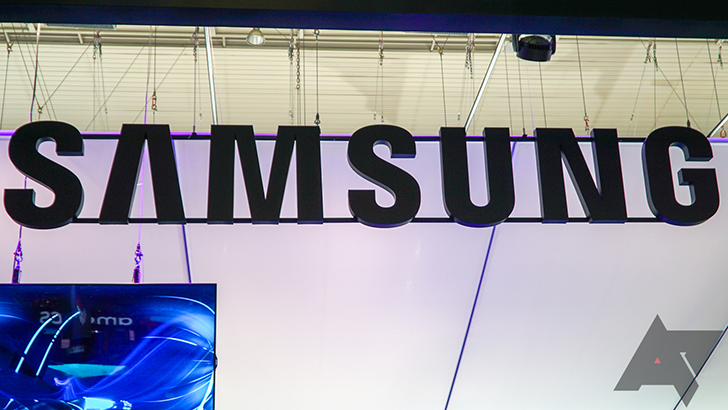In view of Huawei's recent political troubles, you'd think Samsung would have been in pole position to capitalize and post impressive sales numbers in the second quarter of 2019. Smartphone shipments grew for both companies at a time when global shipments are down 2%, but that doesn't always translate to strong financials. While its Chinese rival managed to grow its revenue against the odds, Samsung has seen its profits drop by an eye-watering 56% year-on-year.
Second-quarter operating profit comes in at KRW 6.6 trillion ($5.6 billion) which is small increase over the KRW 6.23 trillion ($5.3 billion) from Q1 2019, but much below the KRW 14.87 trillion ($12.6 billion) from the same period last year. Understandably, Samsung stock has dipped in as a result.
The South Korean tech giant has admitted that "weak sales momentum for the Galaxy S10 and stagnant demand for premium products" are factors, as well as increased marketing expenses. At least the Galaxy A series is said to be doing well for Samsung, as smartphone shipments increased in Q2 over Q1. The company's network business is also doing well on the back of 5G expansion in South Korea and LTE overseas.
Other business areas are also struggling, with. Despite a recovery in demand, weak market conditions are still affecting the semiconductor division, while profits from selling TVs were also underwhelming. Samsung's display panel business was one of the brighter notes, with increased demand for OLED displays with in-screen fingerprint scanners and camera holes leading to healthy revenue gains. Strong sales of home appliances are another positive note.
In regard to the mobile division, Samsung has promised to respond to these latest results by increasing efficiency and in turn improving profitability. It's expected that demand for premium smartphones will "remain weak" even as the Note10 and Fold hit the market, so it looks like it will be a similarly difficult second half of the year for Samsung.
Source: Samsung

